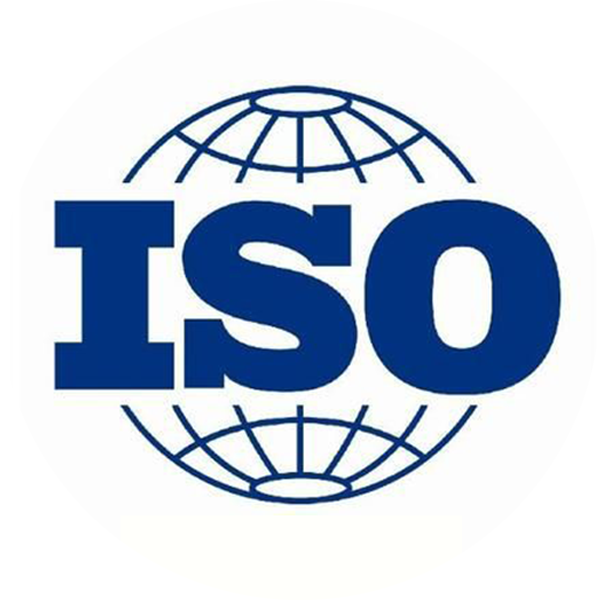NEWS
QINGDAO BAOSIRUI METALLIC MATERIAL CO., LTD
Location:
Analysis of Aluminum Product Exports and Trade Policies
PRE:ALready the first page
NEXT:Already the last page
What are you looking for?
QINGDAO BAOSIRUI METALLIC MATERIAL CO., LTD
8
Workshops
100.000m2
Factory Area
3000 tons
Monthly capacity

Assurance
*We respect your confidentiality and all information are protected. Maybe the time difference, We will respond to your inquiry message within 12 hours at the latest.

